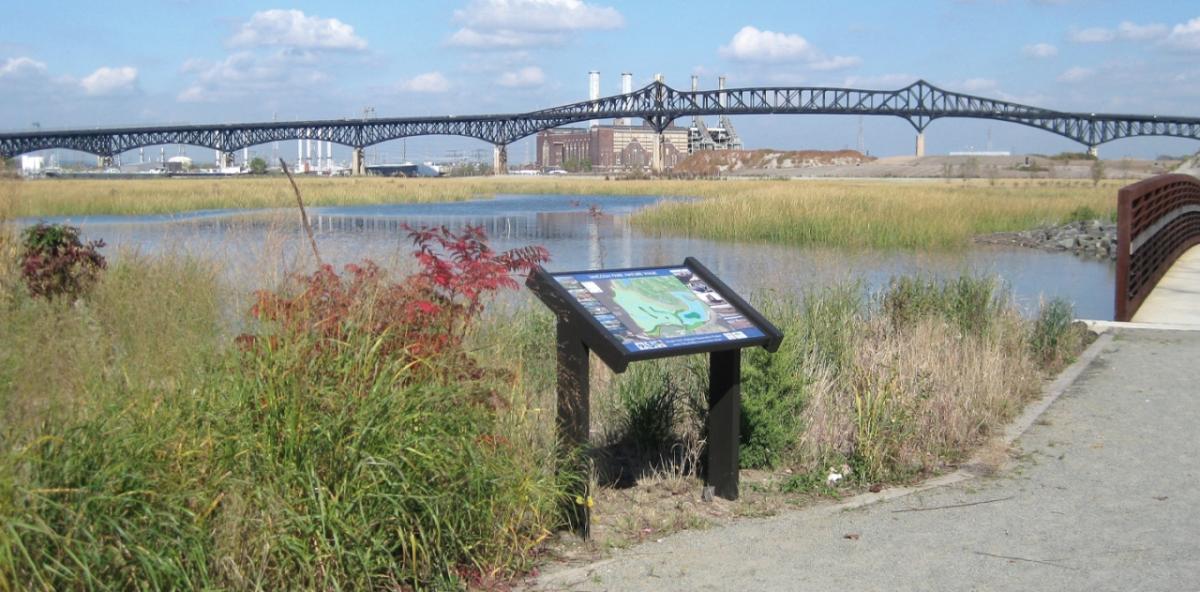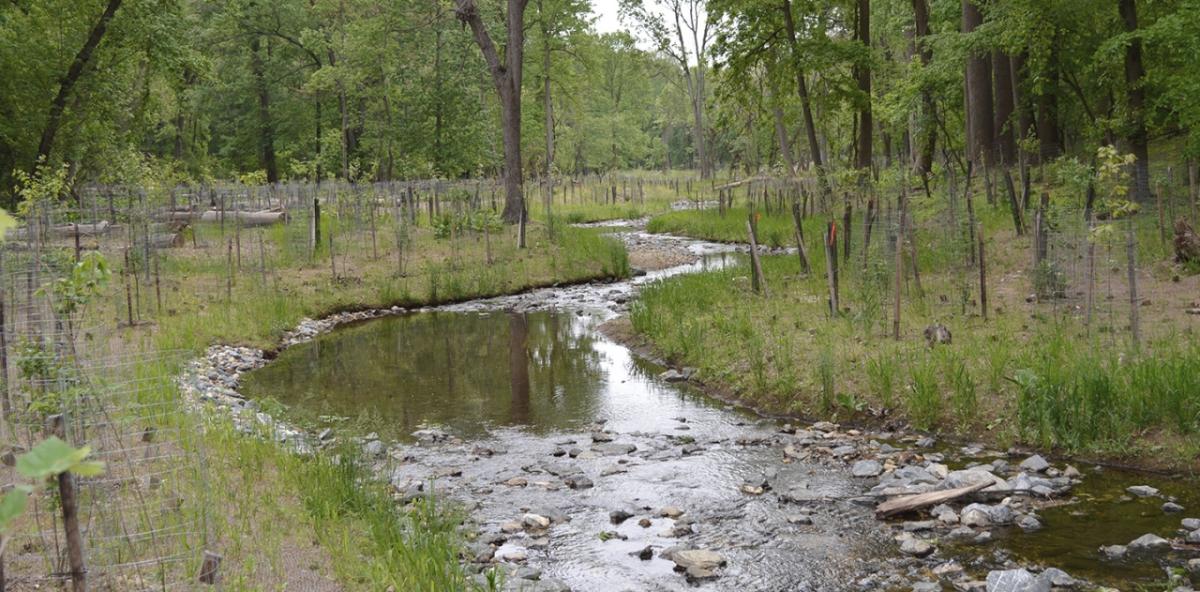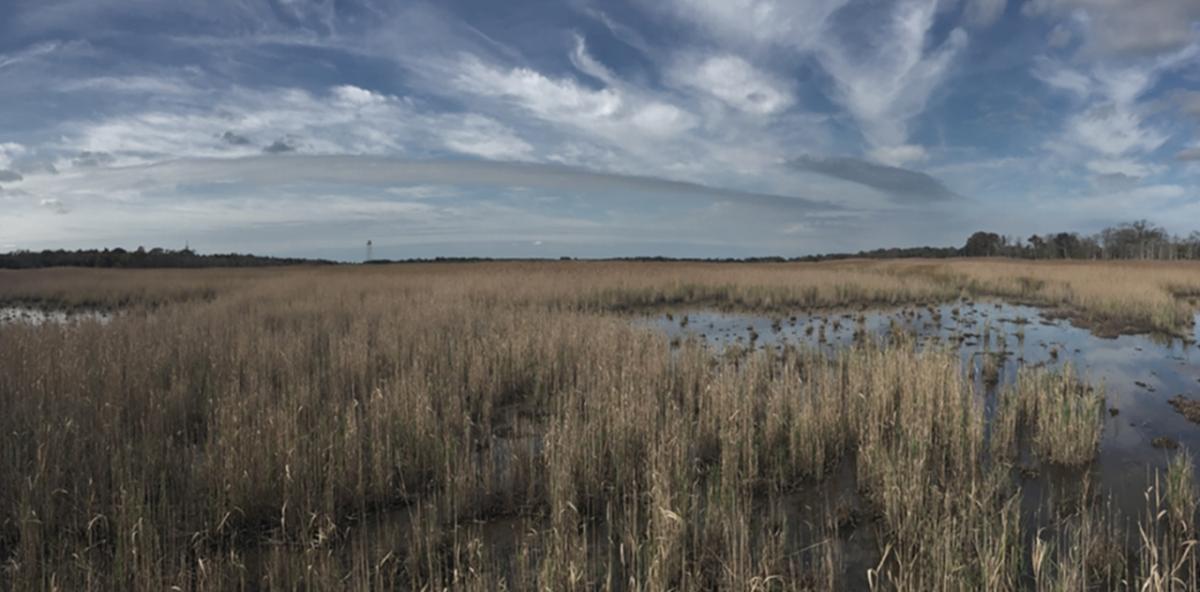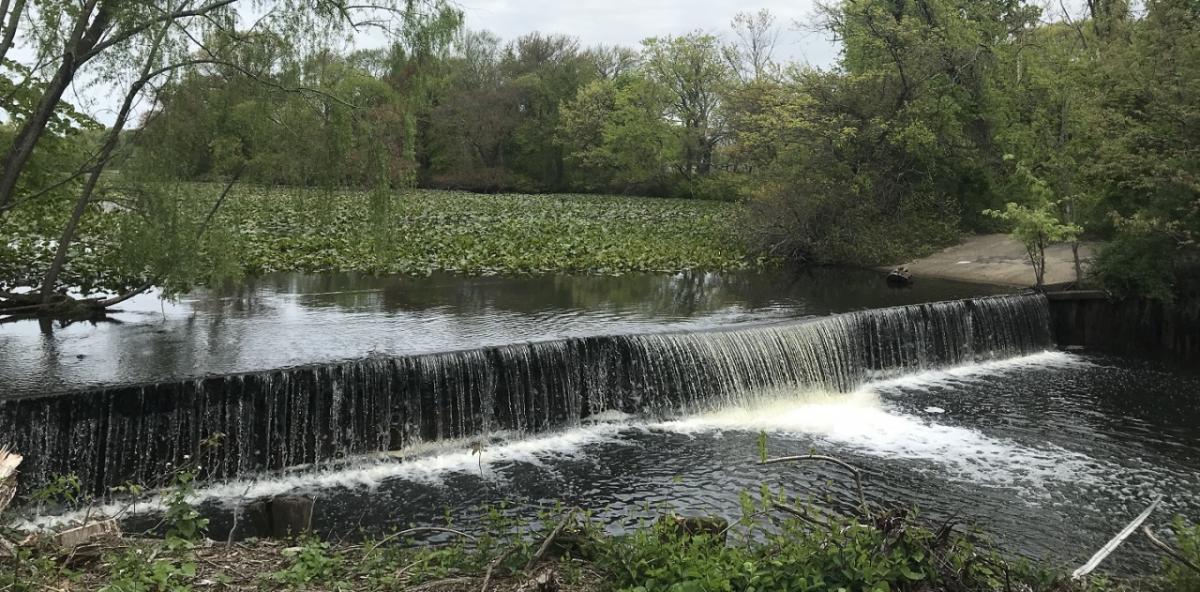Overcoming Challenges to Mainstreaming Ecosystem Restoration
The United Nations Decade on Ecosystem Restoration initiative seeks to knock down barriers that could prevent restoration efforts from achieving full potential.
Note: This is the second article in a series on the United Nations Decade on Ecosystem Restoration. This article examines significant hurdles to the mass scaling up of ecosystem restoration as a mainstream means of fighting climate change.
Ecosystem restoration can play a direct role in successfully reducing the effects of climate change and offsetting carbon levels in the atmosphere, but several barriers stand in the way of these initiatives reaching their full ecological potential.
The United Nations (UN), as part of its Decade of Ecosystem Restoration initiative, has identified six barriers to expanding and mainstreaming ecosystem restoration across the globe: public awareness, political will, legal and policy environments, technical capacity, finance and scientific research.
Of these barriers, Jennifer Brunton, WSP USA ecosystem restoration national practice lead, said two of the greatest challenges are public awareness and political will – areas where the UN could use its influence and resources to make a significant impact.
“The UN can expand on messaging around climate change and increase public awareness through the same information infrastructure among climate change stakeholders,” Brunton said. “The leaders in the climate change space can serve as champions for ecosystem restoration and help spread the message.”
Political will and financial markets are already aligning to address climate change and a similar trend has started in the ecosystem restoration area.
Stakeholder Support
Obtaining funding for a project begins with local stakeholder and political support, so coordination at the early stage is critical to the success of any ecosystem restoration project.
“A bottom-up approach can take advantage of a local knowledge base, avoid conflicts that can delay or stop projects, and provide an opportunity to work through misconceptions about a project and a natural hesitancy toward change,” said Ed Samanns, WSP senior program manager and restoration ecologist. “There can be additional cultural, economic, legal or political hurdles to overcome, which may only become apparent by direct coordination with local stakeholders.”
“In our experience this approach leads to a better designed ecosystem restoration project that will be adopted and supported by a local community,” Brunton added. “One of the keys to engaging with stakeholders and obtaining their support is to give them a voice in the planning process, listen and take note of concerns and requests, show how you accommodated their requests when feasible, and explain the trade-offs to meeting their requests and how that affects the overall objective of the project.”
It is understandable that there would be some concerns expressed, especially at the local level where it may be more challenging to see “the big picture” of how a relatively small project could make a significant impact on climate change. Demonstrating the local benefits of ecosystem restoration beyond the project scope can be an effective tool in overcoming objections often based on misconceptions.
“To a varying degree, all ecosystem restoration projects have local visibility and can directly affect local communities through the restored ecosystem services, adding benefits to local economies,” Samanns said. “There are also trade-offs and sometimes resistance to change that may take extra effort to overcome by building trust. So, it’s important that the message is not only heard, but backed up with examples that are understandable for all levels of technical knowledge.”
Finding Funding
Widescale implementation is dependent on adequate and equitable distribution of funding to support local initiatives. The UN has suggested redirecting a portion of fossil fuel subsidies toward restoration efforts.
In the U.S., acquisition of land rights – conservation easements or fee-simple purchase – and earthwork have consistently generated the highest costs on large-scale projects. If a project requires new infrastructure or modifications to existing infrastructure, then that could quickly become the cost driver.
Also often overlooked are the long-term costs required to prevent the degradation of restored sites due to invasive species, livestock encroachment, illegal harvesting of wood, wildlife or fisheries, and other consumptive uses.
“Protecting the investment and return on ecological restoration projects is essential and that is where these projects need to come full circle with support through stakeholder engagement, political will, legal and policy framework, technical capacity and financing,” Brunton said.
She added that successful programs need to be backed by quantifiable results and effective public messaging so the use of public funds can be defended, and program funds are better protected from political whims.
In the U.S., federal and state funded programs have led the largest ecosystem restoration efforts though investment from private enterprise, and participation has been growing. Privately owned and funded mitigation banks have also become a significant source of wetland and stream restoration in the U.S. in part due to an increased focus on performance standards and mitigation success criteria by regulatory agencies.
Societal Benefits
One way to demonstrate the benefits of public investment into ecosystem restoration is by looking at ecosystem services.
“Ecosystem services translate the societal benefits provided by the natural biophysical functions of ecosystems – or services –into economic terms, such as the value of clean air or clean water provided by an acre of forest,” Samanns said. “We can then demonstrate how those benefits accumulate over time and result in a positive return on the initial investment of public funds.”
Several benefit-cost analyses have been conducted by WSP for publicly funded water quality and flood protection projects that incorporate ecosystem services benefits as part of the economic return over the life of the project.
WSP recently worked with The Nature Conservancy (TNC), a charitable environmental organization dedicated to supporting initiatives that protect land and rivers worldwide, to develop a preliminary design for the restoration of a former peat mine within a 600-acre peat meadow/forested wetland complex. The site, which contains more than three miles of ditched stream channel, is within a state wildlife management area and is regularly used by people with a wide range of interests.
Working with TNC, WSP led a series of workshops with stakeholder groups and the general public, as well as with state natural resource staff, to present and refine project goals and solicit input on the future use of the site. Through a series of interactive presentations and discussions around a set of conceptual designs, WSP led the development of a preferred concept that met project objectives while maintaining public access.
“The project advanced a preliminary design that restores the stream channel and groundwater hydrology within the site, rewetting drained peat meadows, enhancing habitats and improving carbon sequestration, and incorporating trails for public access,” Brunton said. “With this support, TNC is in a better position to pursue funding that will advance the project through the permitting and final design stages.”
Continuous Missions
Ecosystem restoration, like climate change and resiliency, must be viewed as a long-term solution with continuous missions integrated into our societal culture in order to achieve a meaningful reversal of the sustained global loss of natural ecosystems and biodiversity. Public understanding and acceptance are crucial and powerful drivers for this essential support.
“It begins with reaching out to as many stakeholder groups as possible, listening to individual concerns, and finding commonalities and key differences,” Samanns said. “Understanding the traditional use of the site targeted for restoration, and sites similar to the restoration target as real-world examples, will help convey to the public how use of a site may change or be enhanced.”
One positive development: more large companies are actively seeking to reduce their carbon generation with a goal of achieving carbon neutrality, and ecosystem restoration can have a role to play in that effort.
A successful approach has been re-envisioning landscaping on corporate campuses to reduce high-maintenance lawn areas by converting them to native grass lands.
“These native grass areas are efficient in building soil carbon and only require one mowing every 2-3 years,” Samanns said. “That results in substantial reduction in fuel use through less mowing and emission of greenhouse gasses. The warm season grasses will also sequester more atmospheric carbon, or about 0.3 to 1.7 metric tons per acre, per year.”
Another way these private firms are promoting environmental stewardship is through the support of regional restoration projects, as well as searching for ways to reduce the impact their business practices have on these natural areas.
Maintaining funding during economic downturns is essential so that gains are not lost due to lack of funding of maintenance and enforcement/protection services. Through targeted investment and contributions, these businesses can be the drivers of successful ecosystem restoration initiatives worldwide.
“Our WSP teams that work on these projects with both public and private clients recognize that they are directly contributing to the solutions to some of our societies long term challenges, such as climate change, losses to biodiversity, coastal resiliency and clean water,” Brunton said. “It is rewarding to have the opportunity to advance ecosystems restoration projects that are complex and often challenging on many levels.”
To read Part 1 of the UN Ecosystem Restoration series, click here.
[To subscribe to Insights, contact the editorial staff at insights@wsp.com.]






